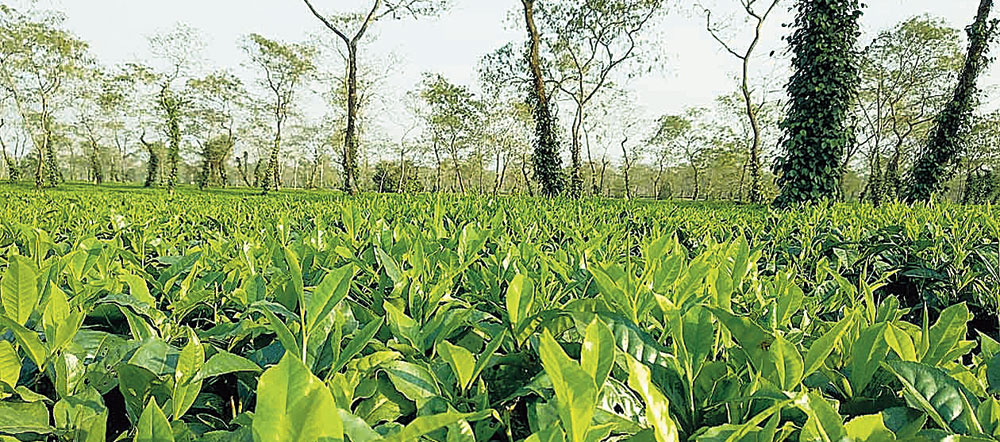A first-time global study on strategy to conserve and use tea genetic resources has asked India to consider greater tea genetic resource exchange to ensure better conservation of tea plants.
The study, Global Strategy for the Conservation and Use of Tea Genetic Resources, was led by Crop Trust, a non-profit organisation, in collaboration with national gene bank at Tea Research Institute, Chinese Academy of Agricultural Sciences, several other key national collection holders and consumer goods company Unilever.
Tea genetic resources are conserved ex situ and in situ in a number of tea-producing countries. Along with the main centre of diversity in China, there are important sources of diversity in the Northeast India and in the northern border areas of Myanmar, Thailand and Vietnam.
The study said conservation of these tea plants is needed as most of the tea consumed around the world comes from just a few varieties.
The most fundamental way to reduce the risk is to conserve the full range of tea plants — both wild and farmed — and ensure that they are available for research.
The study said sustainable and profitable tea cultivation needs a wide genetic base that draws on the diversity found in gene banks, gardens, abandoned fields and in the wild, which must be readily available for use into the long-term future.
This diversity is also vulnerable, however, to climate change, pests, and diseases as well as to land use changes, fluctuating markets and replanting of old fields.
Paula Bramel, who led the study, told The Telegraph, “No one really knows how much of the tea diversity has been lost so far since there have been very few studies on the degree of genetic diversity for tea plants that is still found in old plantations or farmers’ field as well as tea found in the wild. There has been loss of tea in the forests in Northeast India and China but no one really knows how much.”
“Tea diversity still exists in fields and also in the wild but the situation is changing with replanting of clonal teas, farmers’ shift to another crops and change in production practices among other factors,” she added.
“In India, all these practices need to continue and even accelerated to secure key tea genetic resources,” Bramel said.
In India, studies on tea diversity are conducted by the Tocklai Tea Research Association in Assam and the United Planters’ Association near Coimbatore.
These studies focus on local tea diversity from old plantations and farmers’ field and their long-term changes.
“Most of the collections hold only the copy of an important local variety in a single field site. This is very risky since the loss of that planting would mean the complete loss of the diversity so a global approach to safety duplication is needed. Research needs to be done globally to share more information on what is held in collections and to find a way to better exchange nationally-held tea genetic diversity amongst countries,” Bramel said.
“Globally, being able to map the unique tea genetic resources would allow to fill up the gaps in collections and target conservation in protected sites. India should join other countries in securing the conservation and use of tea genetic resources,” she added.
“The tea industry has already lost major source of genetic resources during the process of uprooting. Though uprooting is a must for sustainability, proper scientific care should be taken to preserve the genetic variations of a particular garden,” a tea planter in Upper Assam said.










